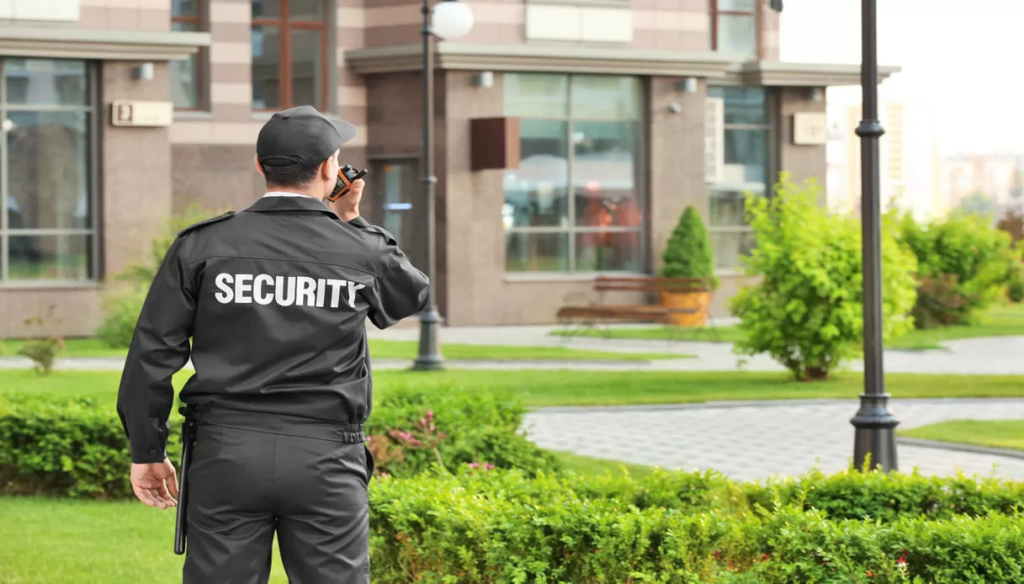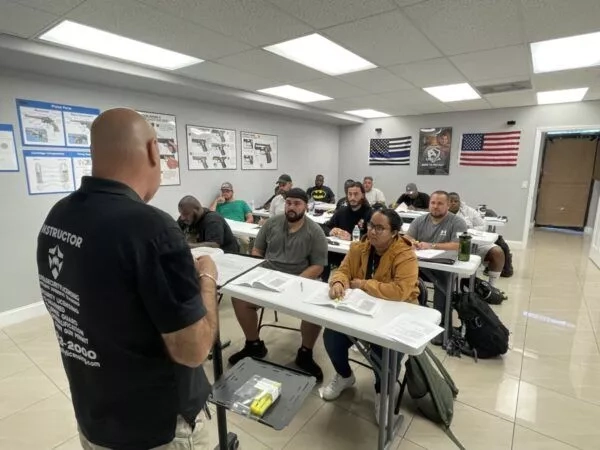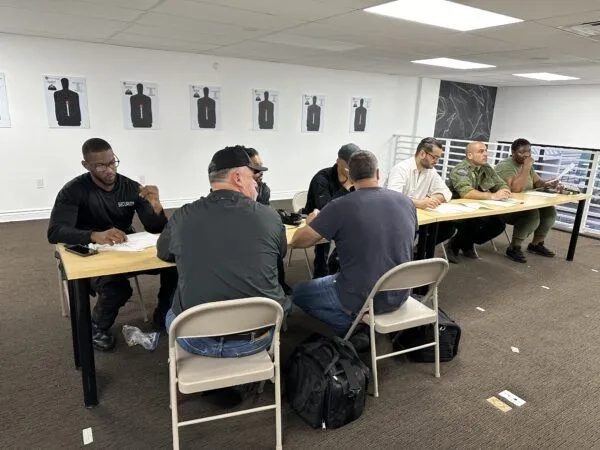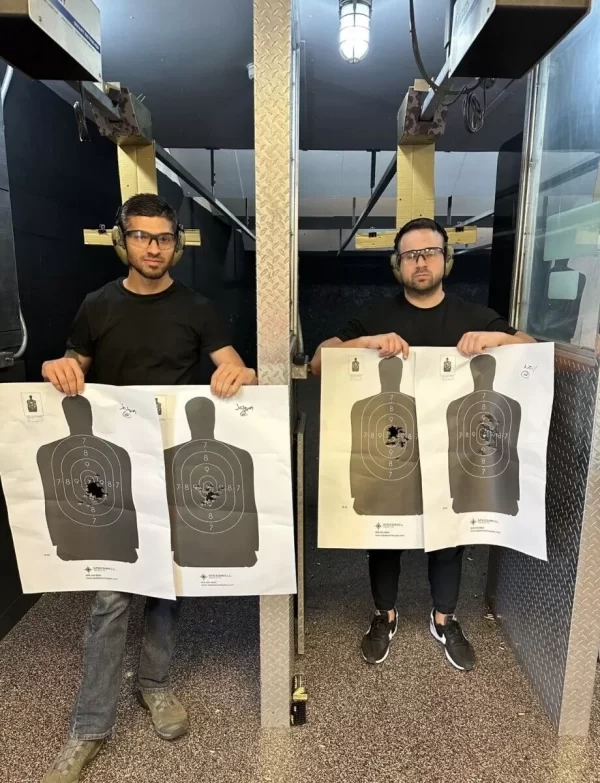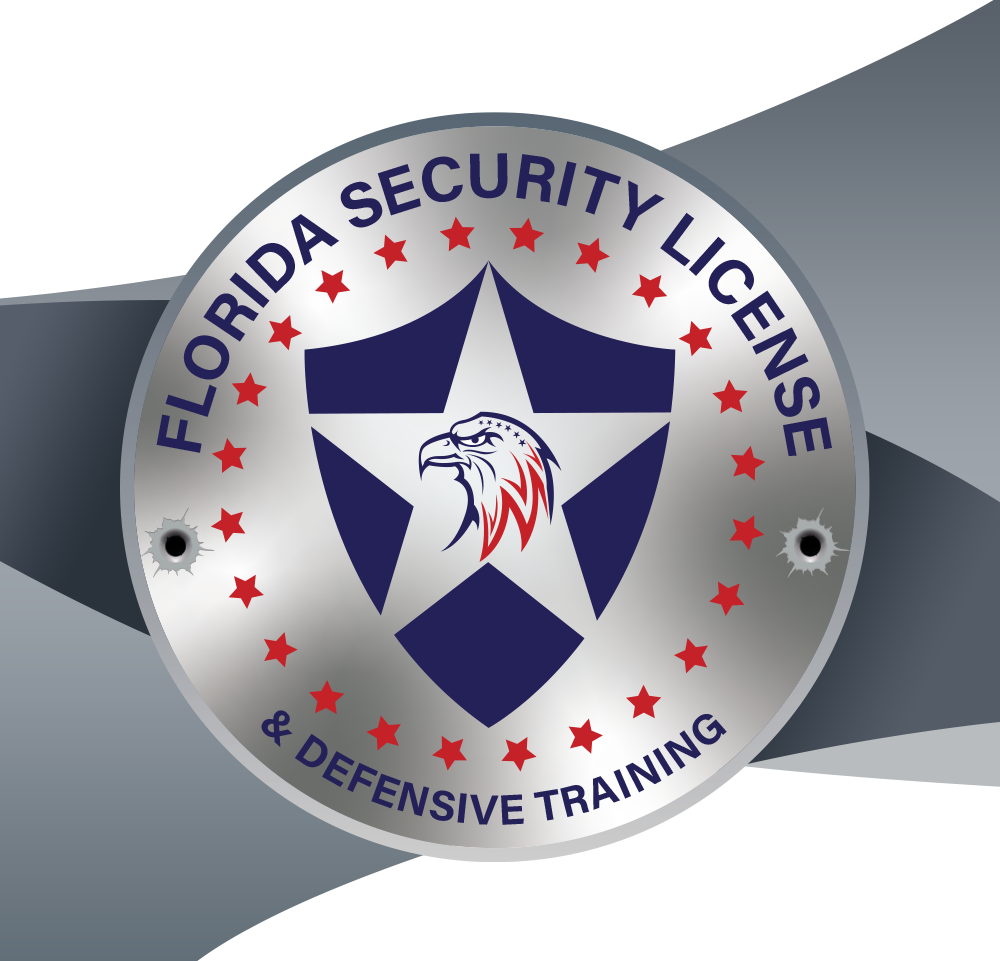Introduction
If you’re looking to work as a security guard in Florida, obtaining the proper license is your first step toward launching a successful career. Florida’s security industry offers opportunities for both unarmed and armed security guards, but each position requires specific training and certification. Whether you’re interested in a Class D Security License for unarmed roles or security G license classes for armed positions, understanding the licensing process is critical.
This guide will explain the steps to get a security license in Florida, including requirements, training, and solutions to common challenges, helping you navigate the process with ease.
Types of Security Licenses in Florida
Florida offers two primary types of security licenses, depending on the role and responsibilities you want to pursue:
Class D License: Unarmed security guard
A Class D Security License is required to work as an unarmed security guard in Florida. It involves completing a 42-hour security guard license course at a licensed training facility. Topics covered include:
- Legal aspects of security work
- Emergency response procedures
- Patrol techniques
- Ethics and professional conduct
This license is ideal for individuals looking to provide basic security services at retail stores, office buildings, residential areas, or other public spaces.
Class G License: Armed security guard
A Class G License is a companion license necessary for armed security guards who carry firearms while on duty. Before enrolling in security G license classes, candidates must already hold a valid Class D Security License or simultaneously enroll in the class D course. Training focuses on:
- Firearms safety training
- Weapon handling and marksmanship
- Florida firearm laws and regulations
- Use-of-force protocols
Class G License holders typically work in roles requiring higher security, such as government facilities, financial institutions, and event security.

Eligibility Requirements
Before applying for a security license in Florida, you must meet the following eligibility requirements:
- Age: Be at least 18 years old for a Class D License and 19 years old for a Class G License, and at least 21 years old for a Concealed Weapon Firearms License.
- Legal Status: Be a U.S. citizen or legal resident and for the class D license you may also have been granted authority to work in the country by the Department of Homeland Security, U.S. Citizenship and Immigration Services.
- Criminal Background: Pass a criminal background check, including fingerprinting.
- Training: Successfully complete a state-approved security training program.
Meeting these requirements is crucial to ensure compliance with Florida’s regulations and eligibility to work as a licensed security professional.
Steps to Obtain a Class D Security License
Securing a Class D Security License is the first step toward working as an unarmed security guard. Follow these steps to complete the process:
- Enroll in a State-Approved Training Course
- Complete the 42-hour in-person course or a class D security license online at a licensed security school.
- Submit an Application
- Apply through the Florida Department of Agriculture and Consumer Services. Include your training certificate, identification, and fingerprints.
- Pay the Application Fee
- Submit the required fee for processing your application.
- Pass a Background Check
- Your fingerprints will be reviewed to ensure compliance with state laws.
- Receive Your License
- Once approved, you will receive your Class D License, allowing you to work legally as an unarmed security guard.
Steps to Obtain a Class G Security License
If you’re looking to work as an armed security guard, obtaining a companion Class G Security License involves additional steps:
- Hold a Class D Security License
- You must already have a valid Class D License to qualify for armed security training.
- Or simultaneously enroll in the class D security course
- Enroll in Firearms Training
- Complete 28 hours of firearms safety training at a state-approved facility. This includes marksmanship, weapon safety, and legal use of firearms.
- Submit Your Application
- Include your firearms training certificate, fingerprints, and proof of Class D certification when applying.
- Pay the Required Fees
- Pay the application and licensing fees for processing.
- Pass the Firearms Qualification
- Demonstrate firearms proficiency through live-fire exercises under the supervision of licensed instructors.
- Receive Your License
- Upon approval, you’ll receive your Class G License and can work as an armed security officer.
Common Challenges and Solutions
While the licensing process is straightforward, some challenges can arise:
- Challenge: Missing paperwork delays your application.
- Solution: Double-check that all required documents are complete and accurate before submission.
- Challenge: Failing the firearms proficiency test for Class G.
- Solution: Practice with licensed instructors before attending your qualification course to ensure confidence and accuracy.
- Challenge: Understanding Florida licensing requirements.
- Solution: Work with a state-approved training center to stay informed about regulations and deadlines.
Overcoming these obstacles will ensure a smooth licensing process and allow you to focus on starting your career.
Pick a Security License School Near you
Choosing the right training facility is vital to your success. Look for a school that offers:
- State-Approved Programs: Ensure the courses meet Florida’s licensing requirements.
- Flexible Learning Options: In-person or Online classes cater to different schedules. It is recommended that whenever possible you attend an in-person course.
- Experienced Instructors: Certified trainers provide practical knowledge and hands-on learning.
By selecting a reputable school, you’ll receive the education and preparation needed to excel in the security industry.
Conclusion
Earning a security license in Florida involves understanding the requirements, completing the necessary training, and submitting your application correctly. Whether you’re pursuing a Class D Security License for unarmed roles or the Class G Security License for armed positions, following these steps will set you on the path to success.
Stay proactive, choose a reliable training program, and prioritize ongoing education to grow in your security career. For more information, explore our in-person class D course or our online security guard license course and specialized programs, such as firearms safety training. Start your journey today and join the ranks of Florida’s top security professionals.

